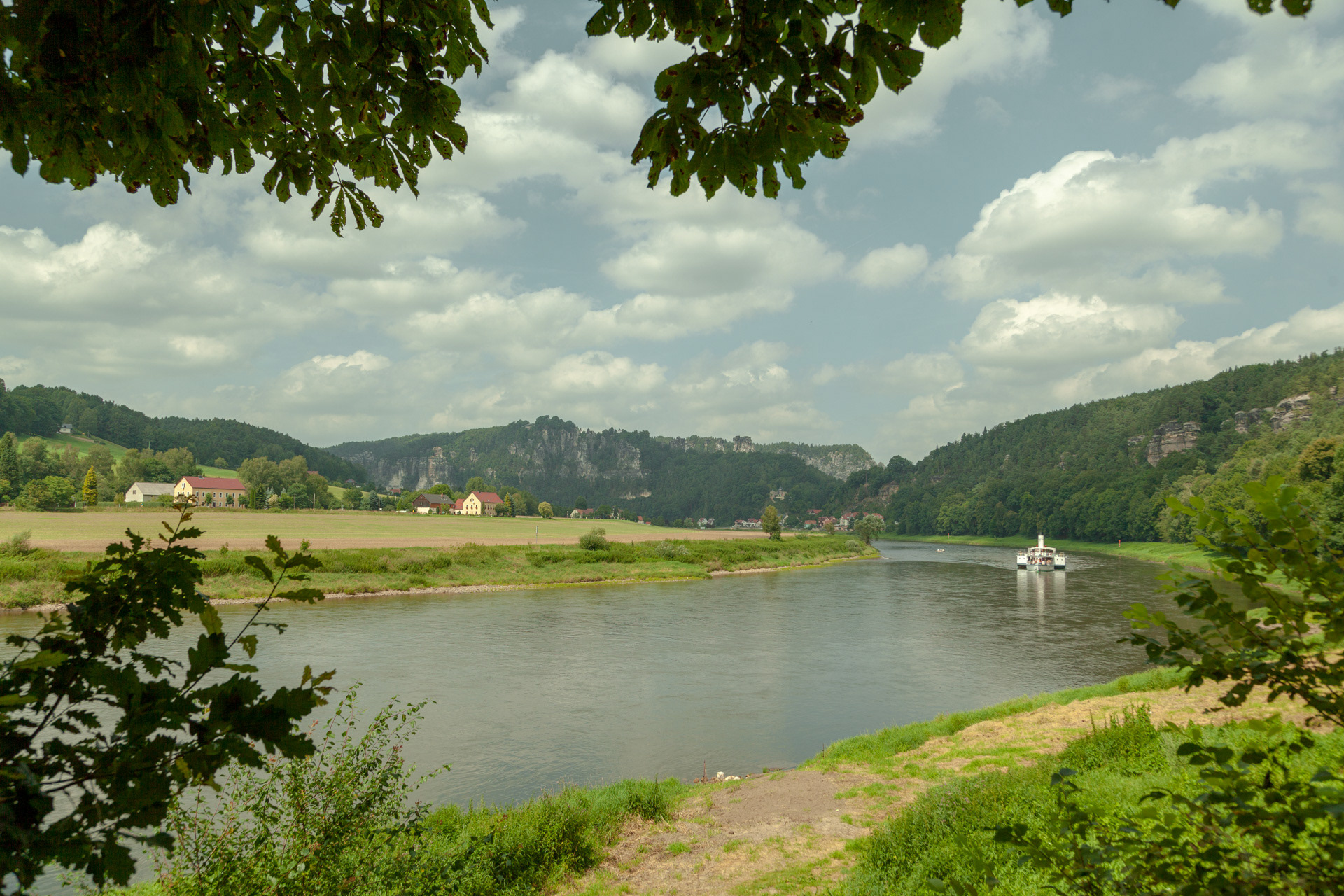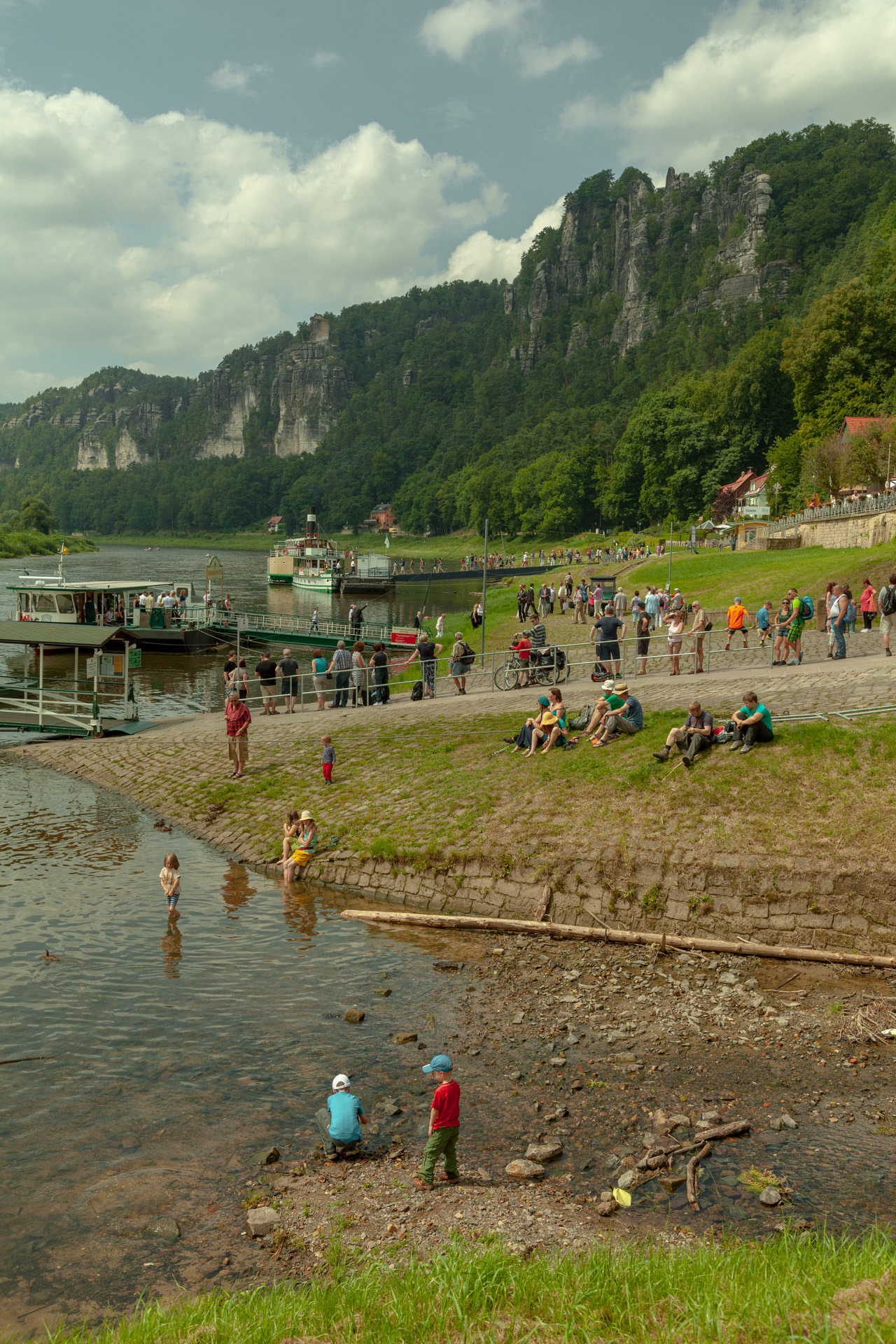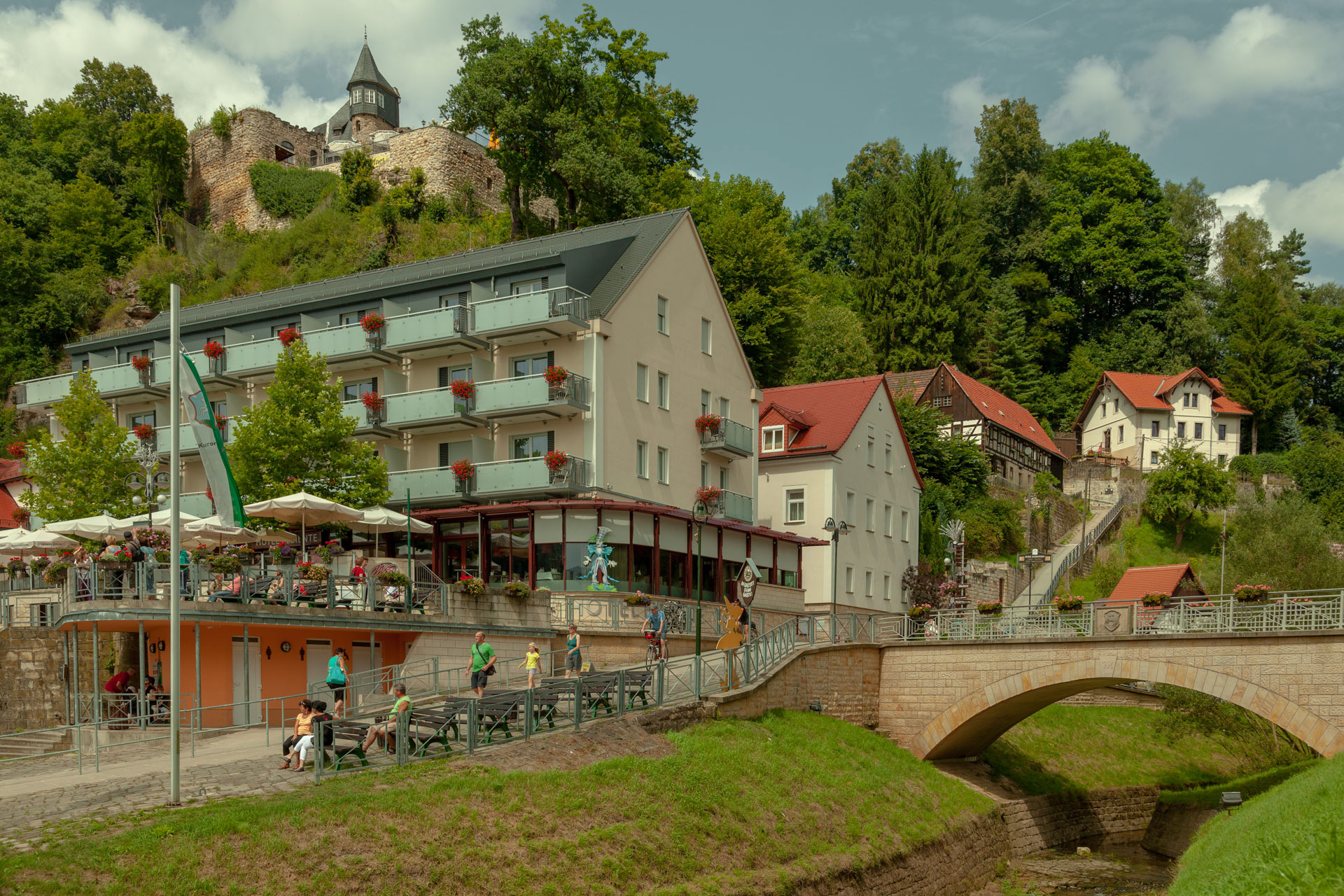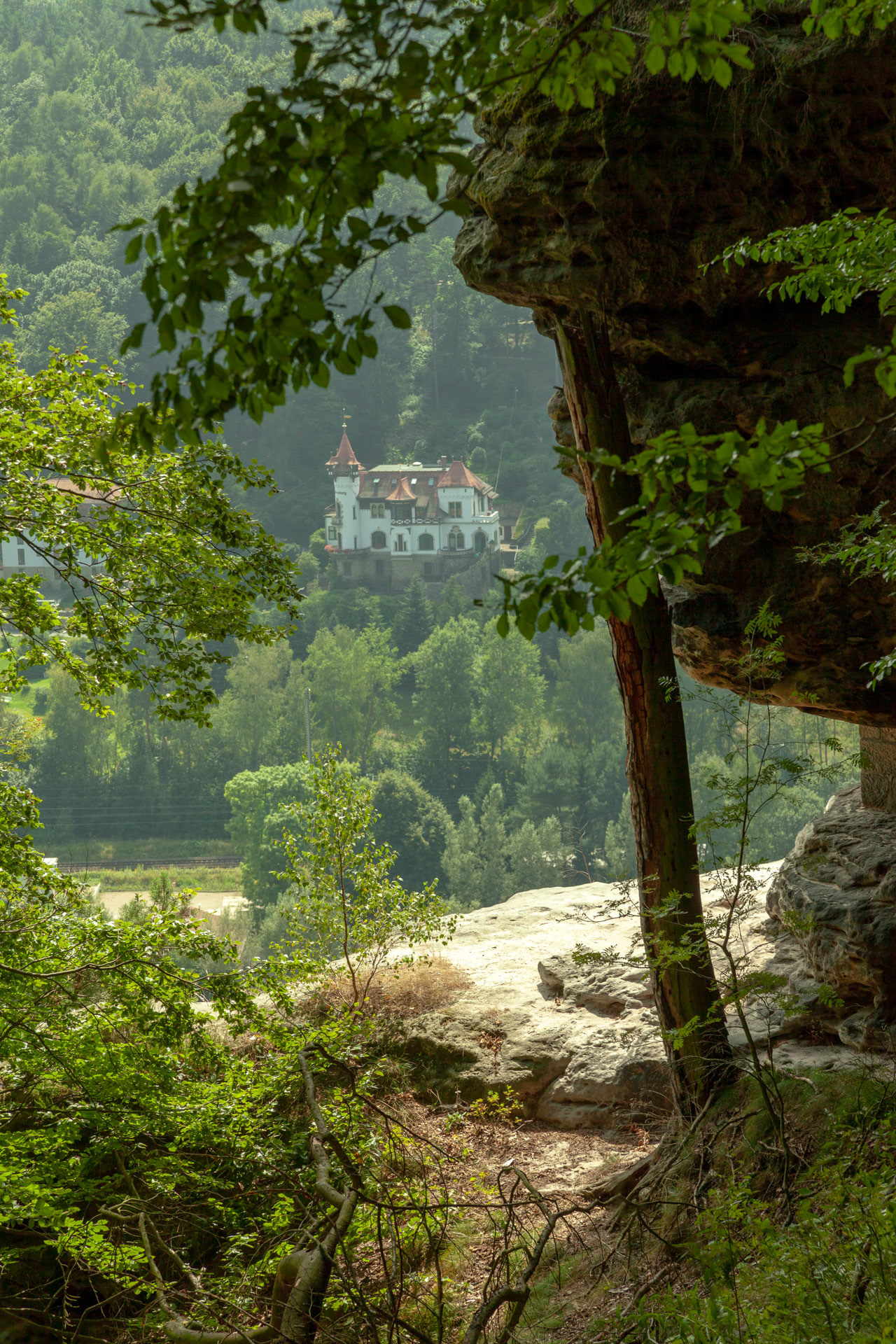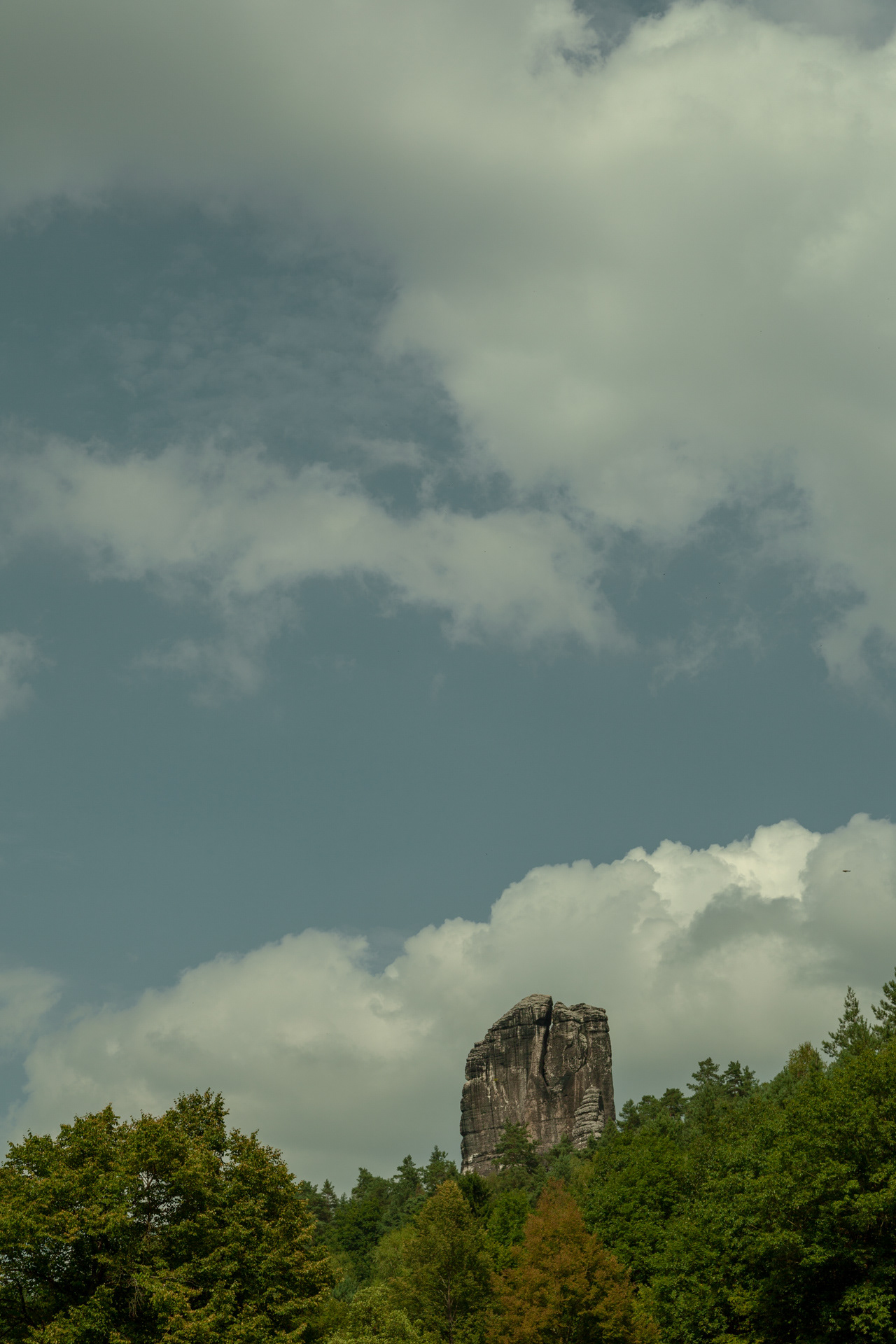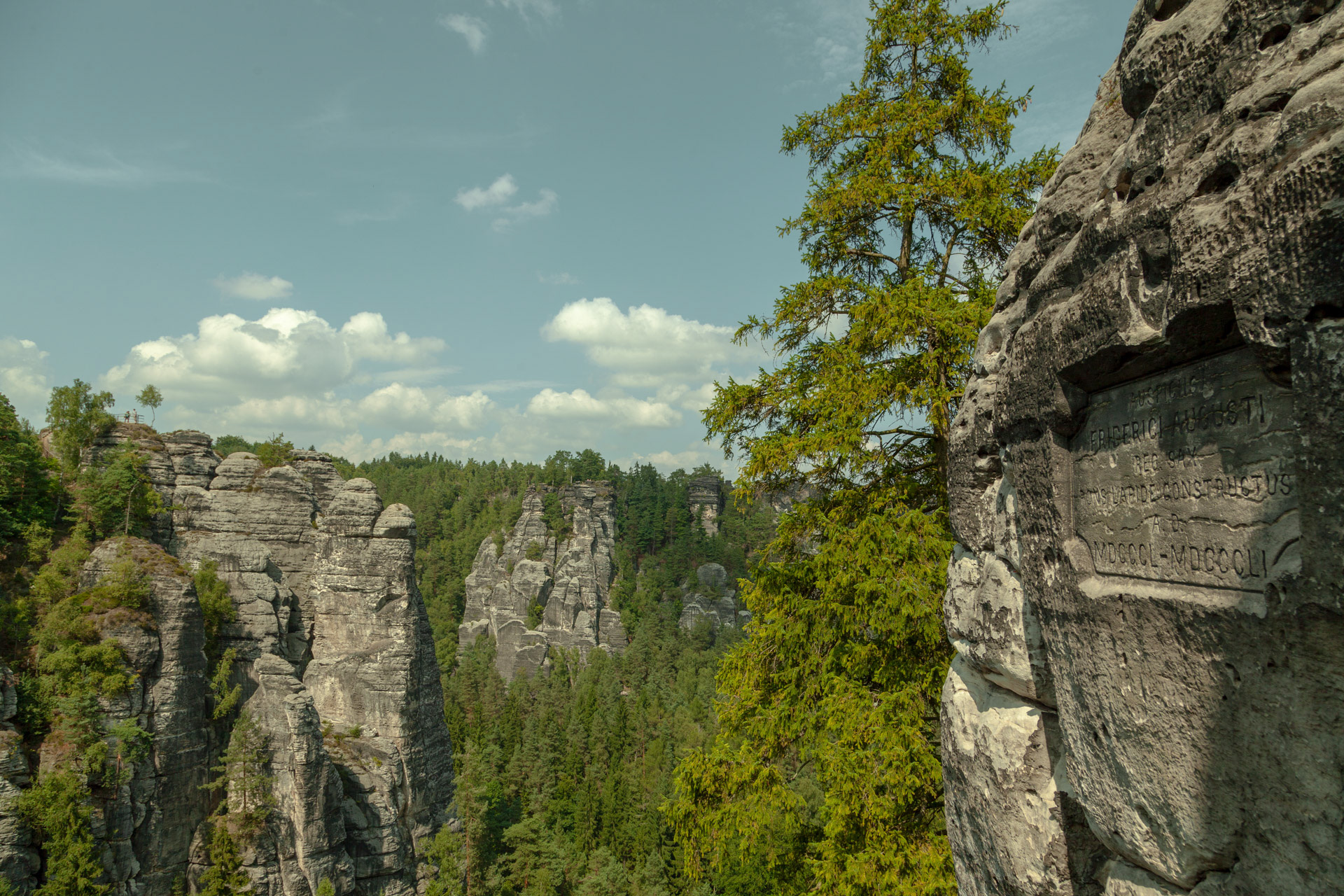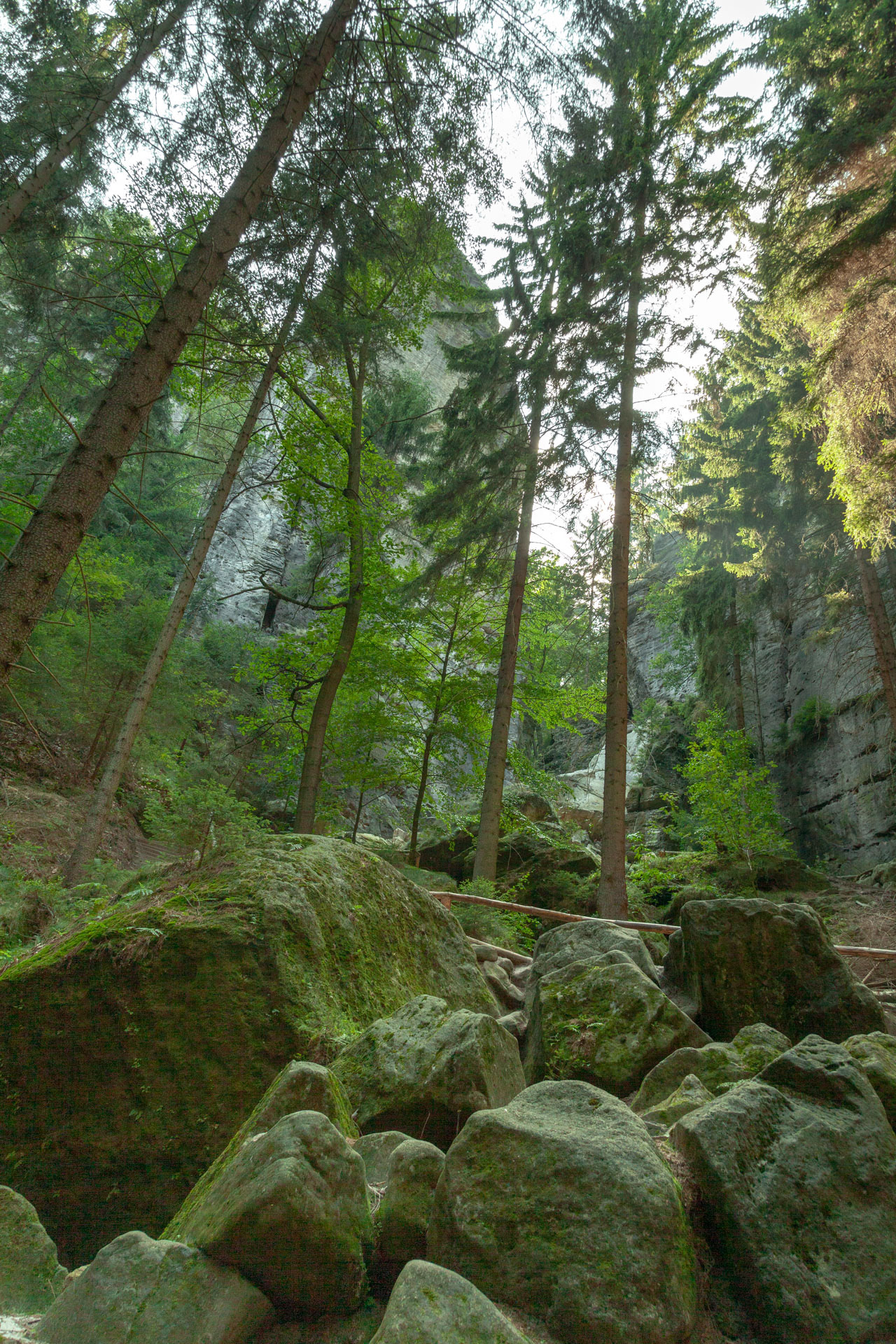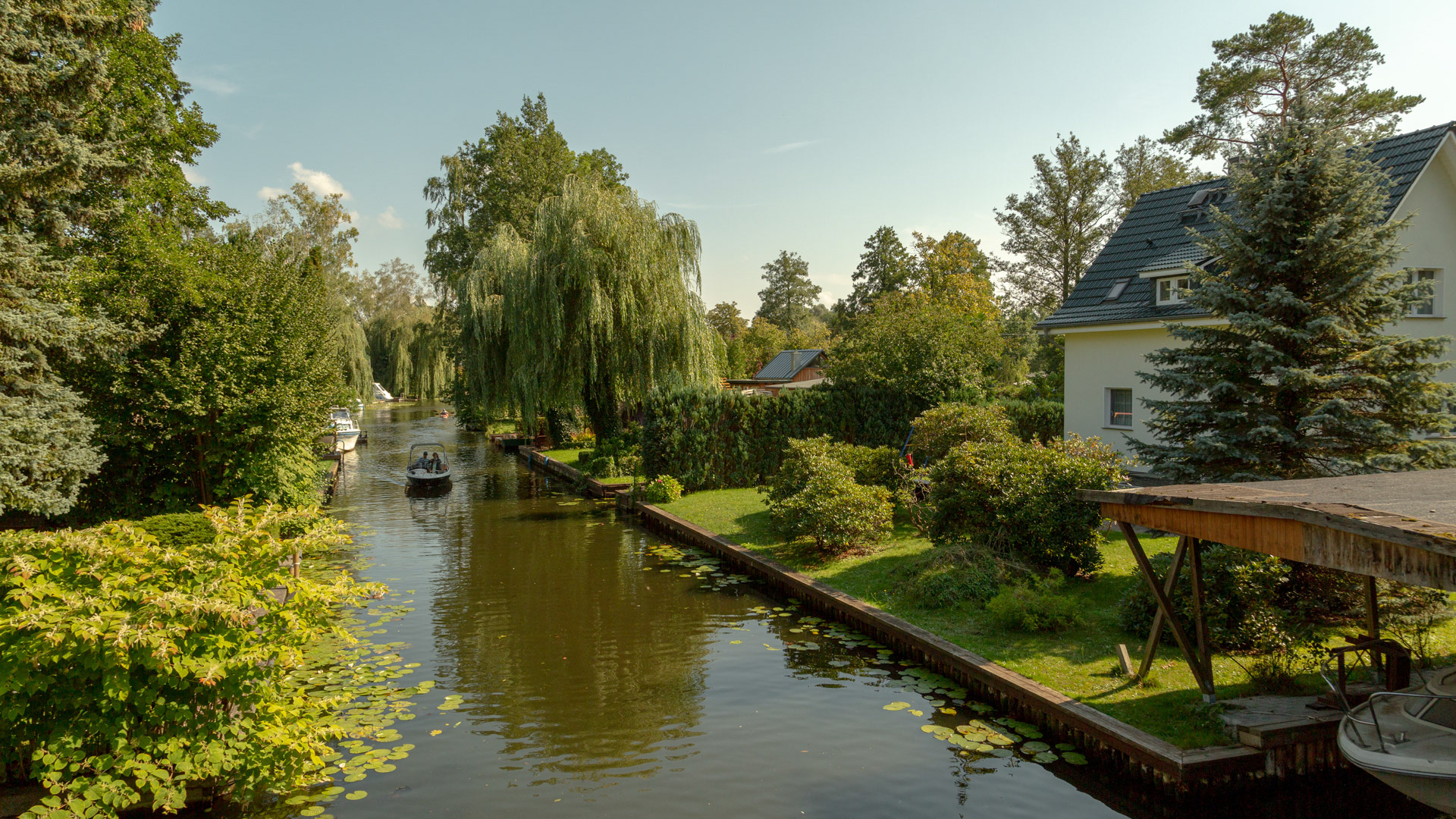Berlin is a rich city at a natural level: there are lakes and parks, a rarity for a great metropolis. In all this green, however, the mountains are surely missing.
Although the Brandenburg landscape is very pleasant, especially if you happen to make a car trip without hurry, there have been various attempts to diversify the flatness: Teufelsberg is an artificial hill built with the rubble of WWII, as are the Volkspark Friedrichshain and Volkspark Prenzlauer Berg.
Yet in Berlin you climb anywhere: in the trees, the bunkers in the industrial areas, even on FlakturmHumboldthain. But a mountain, where you can walk for hours to get out of breath at the top and enjoy a breathtaking view, is missing.
But for residents is not a serious problem: in two a half hours from Berlin by car there is a natural paradise that is called "Saxon Switzerland" (Sächsische Schweiz), where there are over a thousand scenic peaks reaching different altitudes.
The mountainous area, near the Elbe - the river that passes from Hamburg, Dresden and Torgau, where the Americans met for the first time the Red Army during WWII - is the goal of a strong German tourism and also a a discrete foreign tourism.
The best way to visit the area is to take a tent, set up a base camp at the foot of the mountain and then find more and different paths to reach the heights. For the lazy there is also a hotel on top.
Here they went artists belonging to the current of Romanticism, they left inspired by the wild beauty of this region. Among them the painter Ludwig Richter and the composer Carl Maria von Weber.
The most characteristic peak is the Bastei, with its Basteibrücke, built more than 200 years in wood and then replaced by a stone in 1851, along with a ruined castle and the town of Rathen and not far from here is the Königstein fortress, one of the largest hilltop fortresses in Europe.
Although the Brandenburg landscape is very pleasant, especially if you happen to make a car trip without hurry, there have been various attempts to diversify the flatness: Teufelsberg is an artificial hill built with the rubble of WWII, as are the Volkspark Friedrichshain and Volkspark Prenzlauer Berg.
Yet in Berlin you climb anywhere: in the trees, the bunkers in the industrial areas, even on FlakturmHumboldthain. But a mountain, where you can walk for hours to get out of breath at the top and enjoy a breathtaking view, is missing.
But for residents is not a serious problem: in two a half hours from Berlin by car there is a natural paradise that is called "Saxon Switzerland" (Sächsische Schweiz), where there are over a thousand scenic peaks reaching different altitudes.
The mountainous area, near the Elbe - the river that passes from Hamburg, Dresden and Torgau, where the Americans met for the first time the Red Army during WWII - is the goal of a strong German tourism and also a a discrete foreign tourism.
The best way to visit the area is to take a tent, set up a base camp at the foot of the mountain and then find more and different paths to reach the heights. For the lazy there is also a hotel on top.
Here they went artists belonging to the current of Romanticism, they left inspired by the wild beauty of this region. Among them the painter Ludwig Richter and the composer Carl Maria von Weber.
The most characteristic peak is the Bastei, with its Basteibrücke, built more than 200 years in wood and then replaced by a stone in 1851, along with a ruined castle and the town of Rathen and not far from here is the Königstein fortress, one of the largest hilltop fortresses in Europe.
